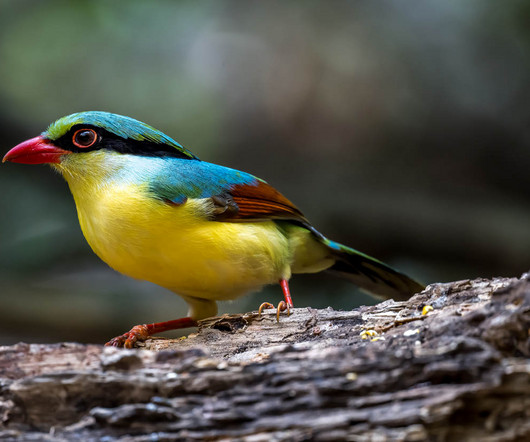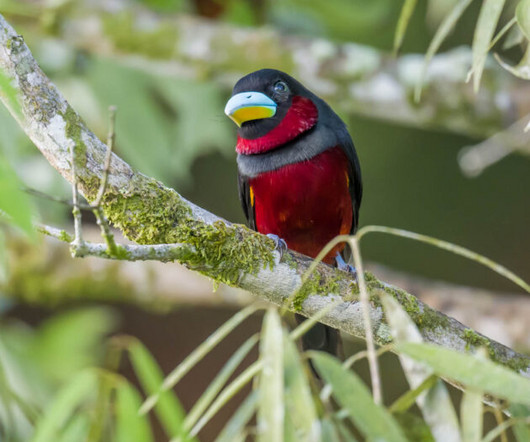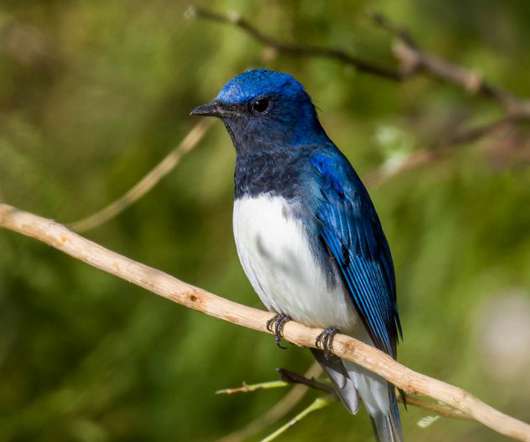Bird Butts and Other Matters
10,000 Birds
APRIL 15, 2014
The local Bald Eagles are getting busy, I suspect there is an egg in the nest. The zoo has already identified several species like the huge monkey-eating Philippine eagle that are at once distinct, endangered, and suffer from lack of attention. All I see are their buts. But that’s not the most interesting thing I’ve seen recently.












Let's personalize your content